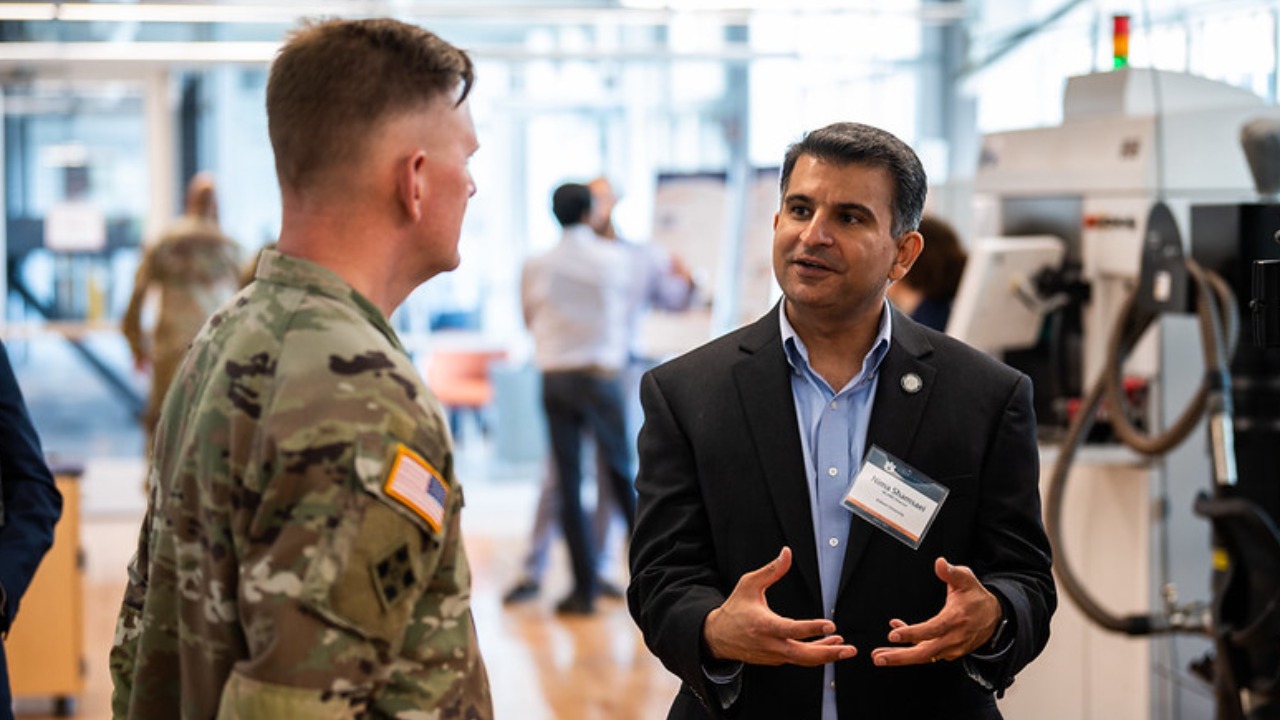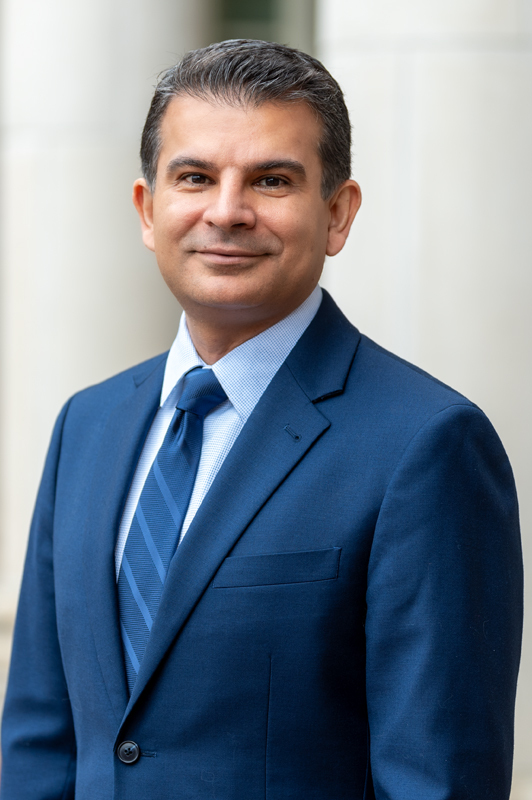Army invests another $4.35M in Auburn additive manufacturing qualification research
Published: Oct 18, 2023 12:00 PM
By Jeremy Henderson
The U.S. Army is again asking Auburn University's National Center for Additive Manufacturing Excellence (NCAME) to help keep its caissons rolling toward the cutting edge.
In March 2022, NCAME initiated a $4.3 million Army project focused on the materials, parts and process qualification necessary for furthering implementation of additive manufacturing (AM) in Army operations, specifically those conducted by the Army’s Combat Capabilities Development Command Ground Vehicle Systems Center (DEVCOM GVSC). Few use-case scenarios for next-generation AM adoption illustrate the necessity of NCAME's qualification efforts better.
"The research being conducted here at Auburn is important to the Army because additive manufacturing is going to provide two different capabilities," Maj. Gen. Darren L. Werner, Special Assistant to the Commanding General for the United States Army Materiel Command, said during the Army Additive Manufacturing Summit hosted by the Samuel Ginn College of Engineering in 2021. "It's going to give us capability in our organic industrial base to integrate advanced manufacturing techniques, and it's also going to provide deployability of advanced manufacturing that we can potentially move into a forward location to produce and repair parts for our combat systems."
The Army's latest investment, a $4.35 million grant awarded this summer, will go toward establishing equivalency across multiple laser powder bed fusion (LPBF) printers — no easy task.
"Ensuring output consistency in a single AM machine is challenging enough," said NCAME director and project principal investigator Nima Shamsaei, Philpott-WestPoint Stevens Distinguished Professor of mechanical engineering. "Ensuring consistency and transferability of process output among different machines is something else. Though they may be utilized to produce the same part, different machines have different lasers, different powder delivery systems and different cooling characteristics, which may affect the part's performance."
For the Army's purposes, the equivalency challenges are even greater, Shamsaei said.

"Yes, the push towards integrating AM into the repair and maintenance of Army ground vehicles depends on consistency, repeatability, transferability and quality of manufactured parts, same as it does in other industries," he said. "But the scenarios we are talking about involve not just different machines but different depots across the globe. The idea is to be able to fabricate the same quality part regardless of location and regardless of the machine utilized."
Partnering on the project is the ASTM International Additive Manufacturing Center of Excellence (AM CoE), which will offer advisory services encompassing an assessment of the industry's current state of qualification and equivalency. The collaboration aims to produce an in-depth landscape analysis culminating in a strategic roadmap derived from the project's findings.
Co-principal investigator Shuai Shao, associate professor of mechanical engineering, believes that NCAME's approach to addressing the sorts of material variations in question, which Shamsaei has dubbed "AM's Achilles’ heel," is unique in the AM research arena.
"While one may focus only on aesthetic representation of mechanical properties, we try to establish equivalency at the structure level," Shao said. "We look for microstructure, porosity and surface texture and how these factors affect the mechanical properties. Eventually, the established equivalency will be validated using mechanical testing. Conventional approaches operate as if locking down the process will keep the structure in question the same. However, we have seen that the structure can be very sensitive to various factors including powder specification, process parameters, geometry, location on the build plate, to name a few."
In addition to significant experimentation, Shao said the project will incorporate simulation and data analytics, or machine learning.
"We're very focused on microstructural characterization because we believe equivalency should be established at that level and then validated through mechanical testing," Shamsaei said. "This approach to qualification will avoid fabrication and testing of hundreds of test specimens for each new machine and material combination. Our objective with this project is to continue developing a rapid and reliable approach for material and process qualification across different OEMs of metal LPBF equipment."

Nima Shamsaei and Shuai Shao



